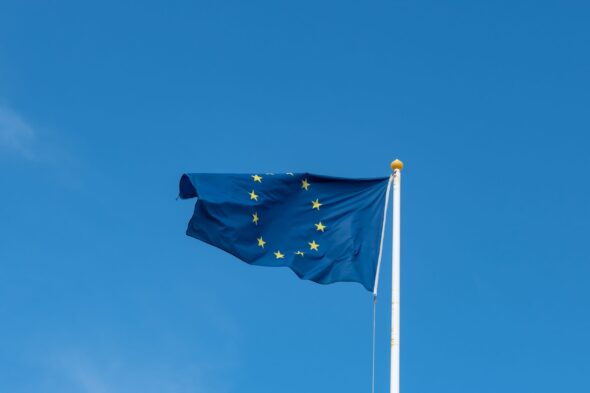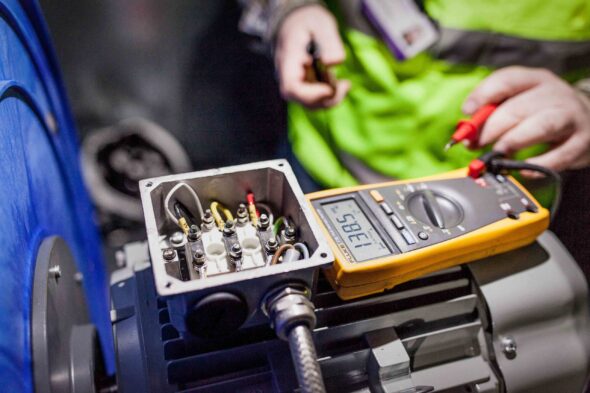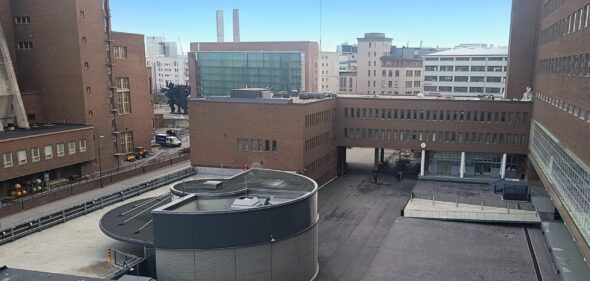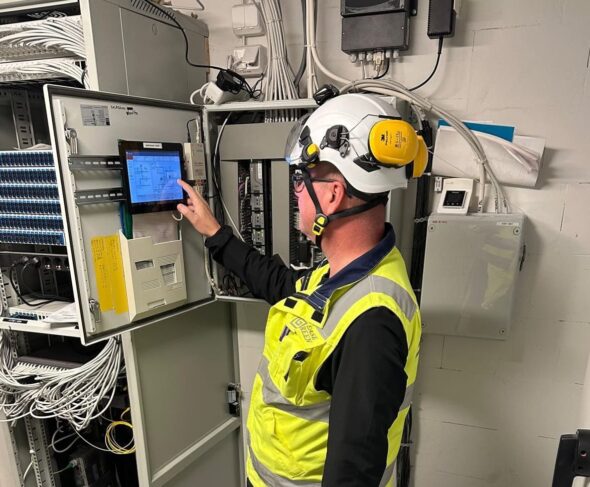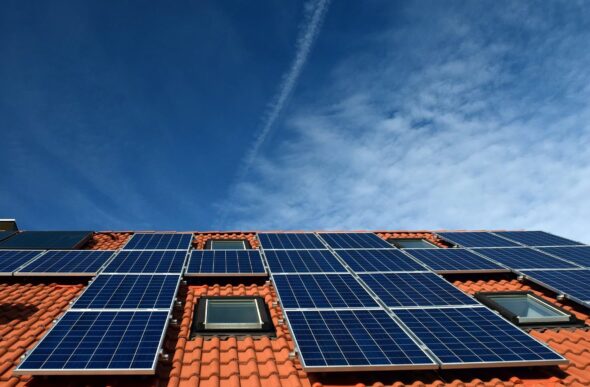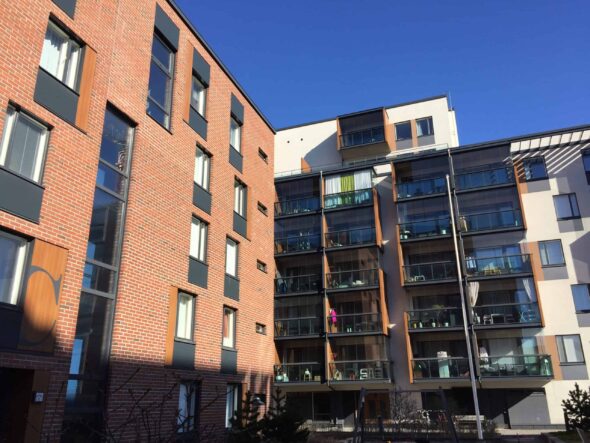Energy renovations are profitable for businesses and communities if they are the most appropriate, carefully planned and carried out using current technology.
However, the current pace is not yet sufficient to meet climate targets. There is still a lot of potential for improving the energy efficiency of buildings that has not been tapped. The carbon footprint of many large buildings is unnecessarily large. Money goes back to unnecessary things.
This is why the state supports energy renovation with various subsidies and grants. Business Finland provides support to companies and communities for projects that improve the energy efficiency of a building, save energy through new technology or promote the use of renewable energy. ARA, on the other hand, supports energy renovations in residential buildings. In addition, support for electric vehicle charging points is available from ARA.
The two parallel energy support models can also accommodate middlemen. This is a difficult situation for nursing homes, for example. They are not eligible for either energy grant. Business Finland classifies them as residential buildings because they are used for round-the-clock living, while ARA classifies them as commercial buildings because they are used for business purposes.
Support for businesses and communities
Support for businesses and communities has been in place for years. For 2020, €110 million has been earmarked. Grants of less than EUR 1 million are applied for from Business Finland and larger grants directly from the Ministry of Economic Affairs and Employment.
This is particularly important for smaller businesses. The aid is intended to act as a catalyst for energy renovation, and I think it has worked well.
The support has also proven to work in other respects. It is available for 10-20% of the cost of the project, provided the payback period is short enough (3-15 years, depending on the project). It is easy to assess beforehand which parts of the project are eligible for support.
The processing time is 2-4 weeks and the application is made before the energy renovation starts. It is essential that no binding contract is concluded before a potential grant decision has been taken. Otherwise, the aid will be interpreted as not having the desired leverage effect and will not be granted.
There are also other restrictions and limitations that should be known when applying for aid: in order to be eligible for aid for conventional energy renovations, the applicant must usually be a member of an energy efficiency agreement. Lighting is excluded, as is the replacement of district heating with heat pumps.
The latter border makes a few eyebrows rise. Personally, I do not see the need to restrict the technologies used in energy renovation in the current situation. For some applications, district heating is still the best solution, for others heat pumps are the most effective and energy-efficient solution.
Currently, heat pump systems over 1 MW are also excluded. This is another limitation that needs to be critically examined. I think it would be good if these large systems could also be subsidised, as they are not unusually large for large properties.
In practice, almost all our energy efficiency projects are eligible for energy aid. The application must specify the parts of the renovation that are not eligible for aid.
New support for residential property
The energy grant for energy renovation of residential buildings came into force at the beginning of 2020. It is more complex and confusing than energy support for businesses and communities.
The energy grants are intended for renovation projects to improve the energy efficiency of residential buildings between 2020 and 2022. A total of €100 million has been earmarked, of which €20 million has been earmarked for the current year. At the moment, it looks as if the money earmarked for this year will run out well before the end of the year. So if you want to get support, you should move quickly. However, there is no point in rushing or rushing. Energy renovation should be carefully thought through and planned.
If you run out of money this year, your application will automatically be moved to the beginning of the following year.
The support for energy renovation of residential buildings has attracted a lot of interest and questions. This is only natural, as the contribution is significant for the residents of the housing association. The grant can be up to €4 000 per dwelling, but not more than half of the approved costs.
It takes some work to find out whether or not a housing association is eligible for an energy grant for energy renovation. Not everyone gets it. Eligibility depends, among other things, on the type of building, the year and previous energy efficiency measures. Our experts estimate that one in four of the housing companies surveyed by LeaseGreen would receive support for the energy renovation we are planning.
To qualify for the aid, the energy efficiency of a housing association must be 32% better in an apartment building or 36% better in a terraced house than in the year of construction. The change will be assessed by the so-called. With an E figure.
The E-factor is a calculated figure that expresses the calculated energy consumption per square metre per year of a building, by multiplying the amount of energy produced by different energy sources by different energy conversion factors.
In addition to the most recent energy renovation, the grant will also take into account measures taken in the past to improve the energy efficiency of the housing company. To verify this, you need the energy certificate and E-factor of the property, both for the year of construction and after renovation.
No one has much experience of energy subsidies for housing companies yet, as they have only been available for a few months. The first applications for support from us are already being processed.
Unlike aid to companies and associations, aid decisions for housing associations are conditional. Once the energy renovation is complete, its impact will be verified and the change in the energy performance certificate will be confirmed. If the conditions are not met, the aid decision will lapse. With LeaseGreen energy renovations, there are no such surprises, because we can reliably calculate and verify the results of the energy renovation in advance.
Support for electric vehicle charging points
It is also possible to receive support for the construction of charging points for electric cars. If a housing association builds at least five charging points for electric cars, it will receive a subsidy if there is still money left over from that year. Unfortunately, the support for commercial real estate ended at the end of 2019 and there is no information on its continuation.
Housing associations can apply for support for modifications to the electrical systems in their buildings that are needed to accommodate electric vehicle charging points. This is subject to the condition that a charging point for at least five cars is built. Grants are also available for charging equipment. The aid is granted by ARA.
In 2020, the subsidy will be increased if at least half of the charging points are efficient enough to charge a car with at least 11 kW. In this case, the aid is 50% of the total approved, realised costs of the project. Otherwise, the aid is 35% of the costs incurred. The grant can be up to a maximum of EUR 90 000.
Support for applying for grants
Subsidies are generally welcomed, but are sometimes perceived as burdensome to apply for.
Our clients benefit from our extensive experience in applying for energy subsidies. We know what information is required for applications and how to demonstrate savings and payback periods. Requests for completion are not required.
Our approach is clear: our experts will do everything they are authorised to do on your behalf. We will prepare the materials, pre-fill the forms and answer your questions on technology and repayment times. All you have to do is log in to the system and press the submit button – or sign the grant application.
This is something that many people appreciate.
The author Otto Mutanen works for LeaseGreen as a project manager on the engineering side of energy efficiency and energy production projects. He has many years of experience in applying for energy subsidies from Business Finland and now ARA.


